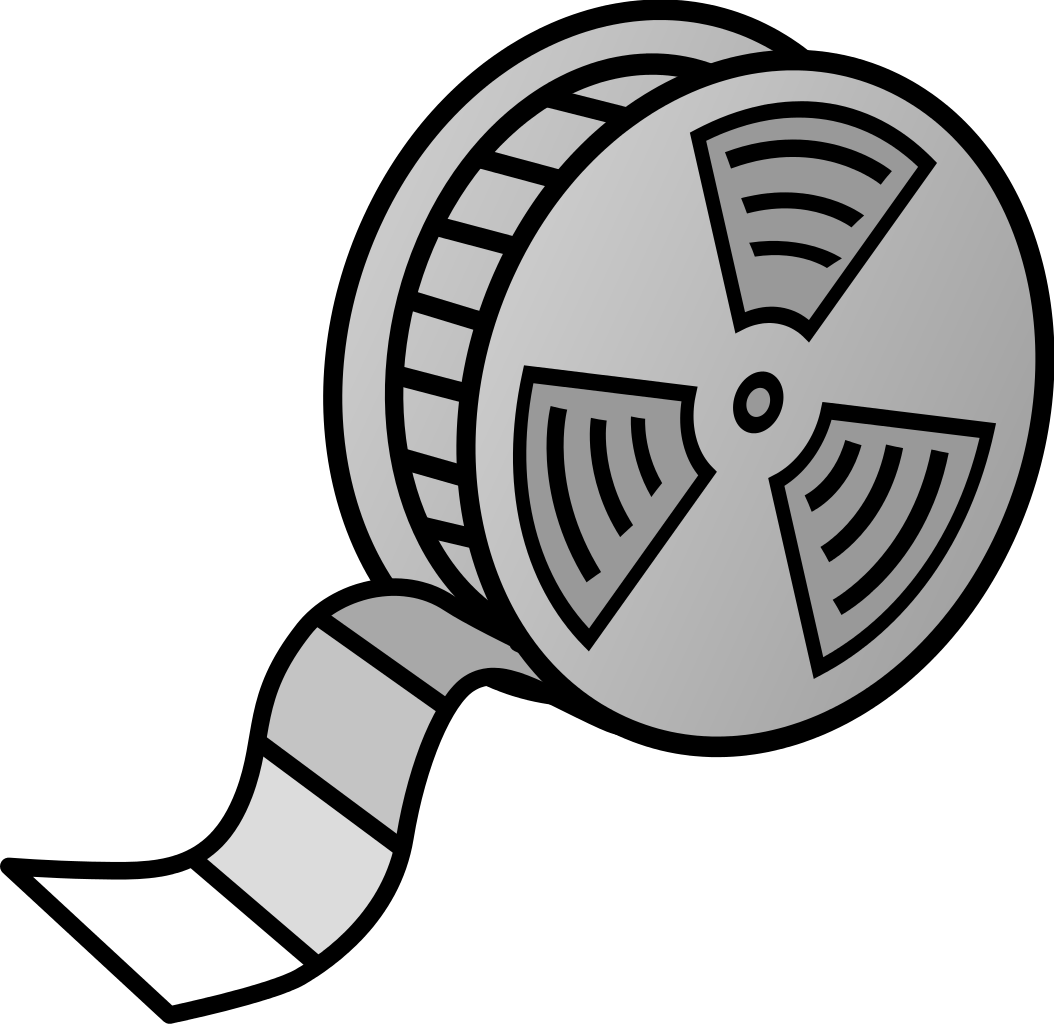
Tuesday 21st February
Animation/Movie Making 2
This week had a different aspect to it. We were given around 30 minutes to put the finishing touches onto our animation tasks. As we had completed the majority of the editing and adding sounds throughout the week; we as a group went through each scene and checked what went well, what could have been improved and if we were portraying the message we wanted to. We also thoroughly watched it once last time before officially handing it in.
When we had all completed the assessment tasks, we were going to have an Oscar premier. Our lecturer thought that our work was so good that we should all show one another. As we watched all of the other groups’ I was amazed as to how creative and good we all were at portraying the important message of how to be safe on the internet and the consequences that can be brought if we do not stay safe online. It was so interesting from a teacher’s point of view how inventive some of us have become. It only makes you think of the potential of the children and their imagination and creative ideas that can be created with this program.
Some of the animations focused on: actual acting and the dangers associated with internet (social media etc); some groups focused on children stories like Hansel and Gretel. Another group also made a treasure map to show how the smallest of details put on the internet can lead you to the person which can have disastrous consequences for anyone that these details falls into the wrong hands of.
Today really showed me how important internet safety is not only for children but for everyone who accesses it and what details, pictures etc posted on it should be tackled with caution. As we had finished we had a discussion and made it like the Oscars. Our group did very well, and we won the best acting award. Even an imaginative thing like this would be very fun for the children. It would make them want to strive with whatever activity was given through the program iMovie.
All of the above iMovie’s made by my class have shown just how dangerous the internet can be. However, we cannot forget the advantages it brings as well. A definition of social media is: “all social media facilitate communicating, collaborating and self-publication/broadcast” (Beuchamp, G. 2017, P.112). Although social media can be a danger to children, it can be an excellent way of taking learning out-with the classroom. It can encourage children to try homework at home, or communicate with others at home. It can be a real platform for encouraging active learning and communication.
This animation task was very fun and has given an insightful view for me as to how to use a program in anyway to portray an important message. Having an extra thing such as the Oscars also gives the children motivation and I hope to use it in the classroom as it was very effective. I think I speak for everyone when I say this task was not only fun but portrayed a very important message on how damaging the internet can be if abused and the dangers and consequences that can come from the worldwide web.
Also, by using technology we backed up the statement made by the Scottish government: There is conclusive evidence that digital equipment, tools and resources can, where effectively used, raise the speed and depth of learning in science and mathematics for primary and secondary age learners. (Scottish Government, 2015). Such tasks as getting the children to be involved with the use of technology in terms of the iMovie will actively encourage and develop their learning as the government states.
I will attach the final trailer and movie for the animation internet safety task below:
- Full Movie: https://www.youtube.com/watch?v=sJ4iY0YfYWA
- Trailer (bloopers): https://www.youtube.com/watch?v=vbBj8roROYU
(c) Mr C Ewing & Group – Animation Assessment – 21.2.17
Until next week,
Christopher
References:
Scottish Government (2015) Literature Review on the Impact of Digital Technology on Learning and Teaching [online] Available: resource/content/1/Digital%20Literacy%20Impact%20Review%20.pdf [Accessed: 14 February 2017]
Beuchamp, G. (2017) ICT In The Primary School – From Pedagogy to Practice. 2nd Edition. Harlow: Pearson





 PowerPoint – with my Scratch Jr. made program.
PowerPoint – with my Scratch Jr. made program.

